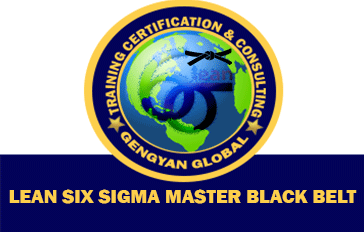Key Benefits of Lean Six Sigma Training

Key Benefits of Lean Six Sigma Training
Lean Six Sigma is a methodology used to improve big business process by utilizing statistical analysis rather than estimation.
The overall achievement of Lean Six Sigma has created a new market wherein there is an additional opportunity for career development.
The original reason why some Organizations and employees choose to pay and use time to undergo such training will be discussed in this article. This article will help you make a well-informed decision and make you to improve your business. This selection of quality development training can be expensive; the benefits themselves should really offset the cost of acquire training. Our Lean Six Sigma training certification courses are the perfect option for any company.
Here are some key profits which you should know, in no particular order:
• Resource Optimization
• Improve in Employee Satisfaction
• Improve Customer and End User Satisfaction
• Improve Performance as per Client and customer requirements
• Improve top line goals like revenue margins, profit margins and client base.
While these key profits can absolutely justify an asset in training; there are some things which you should also keep in mind.
Experts propose that instead of only having black belt or master black belts in your business, you should have a selection of lower Lean Six Sigma belts as well, considering Green and Yellow.
While they are not as expert as the black belts, the price and time investments brought about by the difficulty of the green and yellow belts can create significant and immediate results which can translate to the five key profits outlined in this article.













